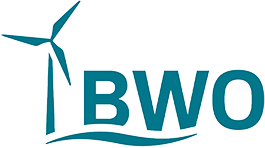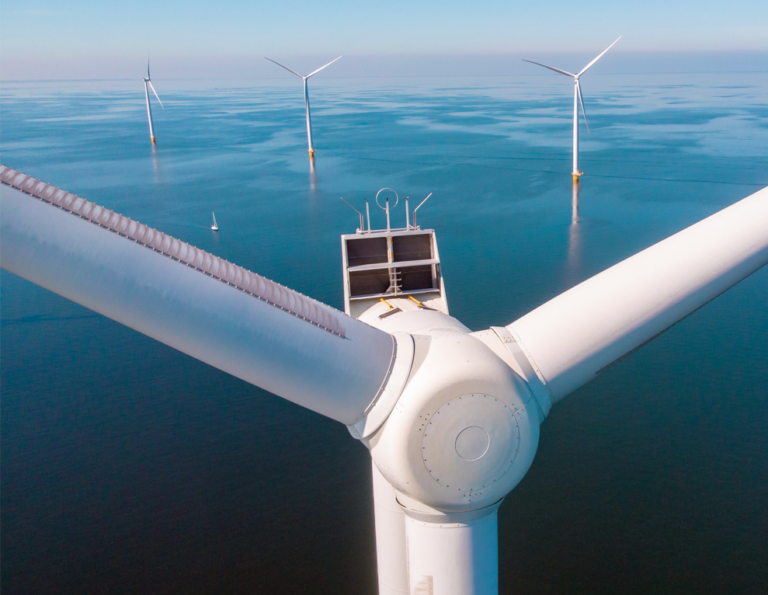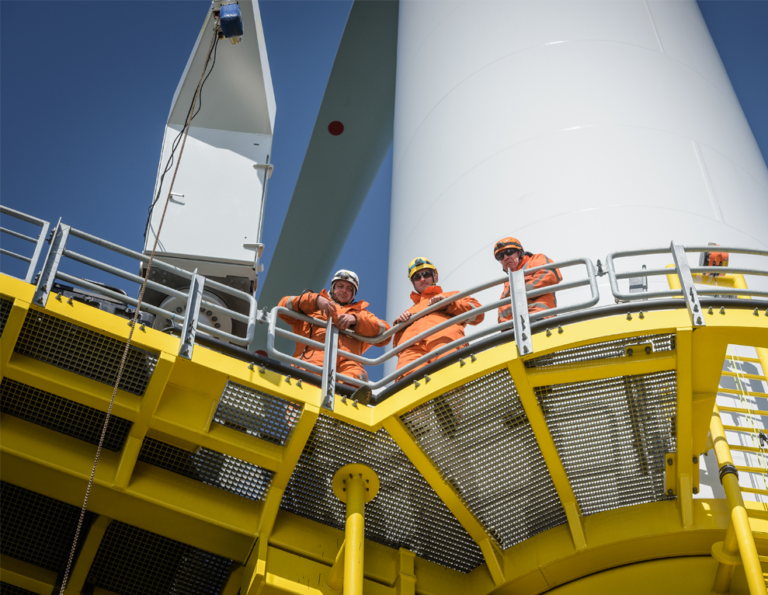WindSeeG amendment leaves room for improvement
Industry submits recommendations for action to the Federal Ministry of Economics
"The will to accelerate offshore expansion runs clearly through the entire draft law," comments BWO Managing Director Stefan Thimm on the current draft of the Wind Energy at Sea Act (WindSeeG). All the big strings have been pulled: the legal anchoring of the new expansion goals, the priority of offshore wind energy in maritime spatial planning to secure the long-term expansion goals, a shortening of the test procedures, the short-term tendering of additional areas and a reorganization of responsibilities in authorities and ministries.
“However, we are still concerned about the auction design. With regard to the achievement of goals, we see major risks, especially in the segment of areas that have not been centrally pre-examined,” Thimm continues. From the point of view of the operators, the proposed criteria are hardly or not at all suitable for differentiating the bids. De facto, the willingness to pay of the bidders alone would ultimately decide who would be awarded the contract. "It would be better to have a criterion aimed at the system usefulness of the projects," says Thimm. Here, for example, the provision of storage or electrolysis capacity near a grid node could be considered.
The bid component discussed in the last legislative period increases the capital costs for financing offshore wind farms and thus unnecessarily drives up the price of electricity for renewable energies. "Not least in view of the current political situation, a further increase in energy costs for industry and households should be avoided at all costs," says Thimm. In order not to lose too much time, the principles of the tender for areas that have not been centrally pre-examined should be laid down with the amendment in an ordinance authorization. This leaves enough time to discuss the specific design again in a large stakeholder group.
There is still a need for action with regard to the centrally pre-examined areas: “The introduction of CFD was overdue. But there are also some unproductive risks in this segment that cannot be managed in this way,” says Thimm.
As part of the association consultation, the BWO had already submitted a statement on the draft of the WindSeeG in mid-March. In addition to the auction design, topics such as grid connection, implementation deadlines and dismantling are also addressed here. You can find the full document here.



